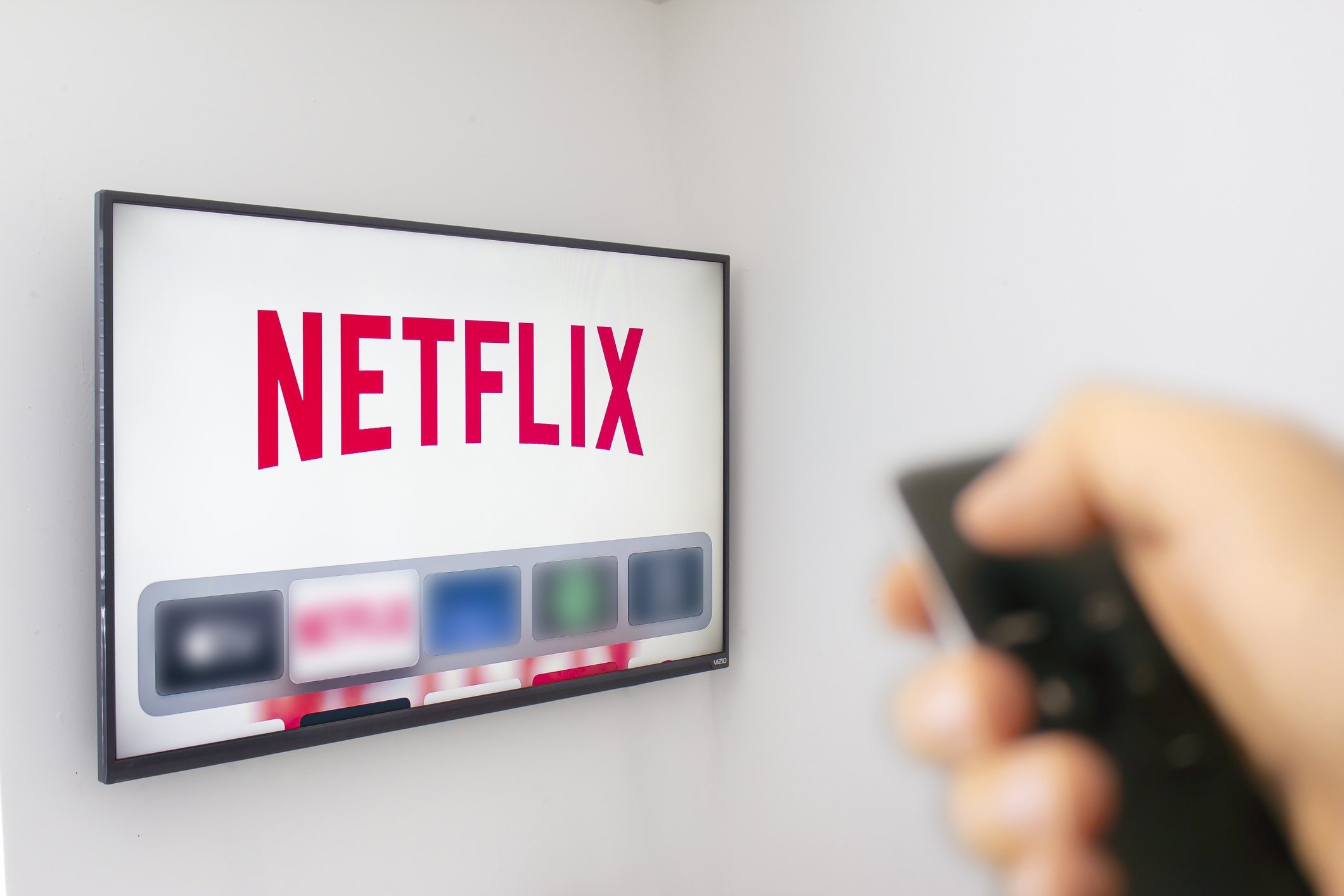Programmatic For B2B: Fitting A Square Into A Circle
What if I told you programmatic wasn’t meant for B2B?
Hear me out.
Programmatic utilizes machines to make the ad-buying process more efficient and cost effective, since the technology can purchase the digital ads in real-time at scale while the humans, who previously had to buy and sell the ads manually, can now focus on strategy and optimization. It sounds ideal for any situation, but its targeting capabilities were originally meant for B2C. Programmatic emerged using web browsing behavior and cookies, which were fairly accurate indicators of what individuals were looking at online in their spare time. From this data, companies could discern what topics and items individuals were interested in, and, therefore, which they might want to spend their money on. B2C companies leveraged that power to reach these individuals at the right time, so that they were informed and ready to spend their money with said company.
For example, if you get home from work, relax on the couch with your laptop, and look up car reviews, there is a good chance you are in the market for a new car, or you know someone who is. If companies deliver digital advertisements to your screens that promote great prices or models of cars that interest you, your purchasing journey just got much easier (and the company deploying the ad just benefitted, too!).
But that is not how it works in the B2B world. Which website would you go to if you were exclusively in the B2B market? There are certainly websites that offer B2B resources, or you could go to the website of a company whose marketing efforts are solely B2B. But there isn’t really a digital marketplace exclusively for C-levels or IT decision makers in the B2B field where data can be collected on business accounts. Since there isn’t one website that can trace cookie data and browser behavior to B2B, it is very difficult for B2B companies to rely on those targeting efforts alone to reach the right people at the right companies.
The answer is to take programmatic beyond its basic B2C capabilities. We need to leverage more reliable data sets for B2B, so that publicly available data (and opted-in data) for decision makers at key business accounts is available for B2B companies to use in targeting their campaigns strategically.
This has not been readily available in the digital advertising world – until recently.
AdDaptive Intelligence has built its own proprietary technology that is capable of utilizing the strengths of B2C targeting and data, completing it with even more validated data and more narrow targeting solutions, and elevating it to apply to the B2B world. Suddenly, companies don’t have to employ the “spray and pray” approach; instead, they can choose the individual at each business that they want to target based on who would be most beneficial to their business.
Whether we are ready for it or not, the lines between B2B and B2C marketing approaches are growing increasingly blurred as strategies overlap. Of course the two differ in terms of who their direct clients are, but even in that sense, there is some murkiness, since programmatic in the B2B sense can target individual customers at business accounts. It’s still technically B2B because the individual is at a business, and engaging the business account is the goal, but the most powerful technology out there can pinpoint the specific customer at that company account for whom it is most important to view a specific ad. Plus, people-based marketing delivers more favorable results. If you concentrate on the customer-buying journey, and you relate to the individuals with whom you aim to engage, you will be able to reach your target customer in a more strategic and effective manner – whether you are working at a B2B or B2C company. And in both cases, brand loyalty matters. B2C marketers tend to revel in the idea that they have more fun communicating directly with their customers, but that doesn’t necessarily have to be the case. Even though B2B companies are ultimately looking to form a relationship with a company, the individuals at that company are the ones who make the decisions about the relationship. At the end of the day, the customer is a person in both B2B and B2C sectors.
Programmatic is no different. Ads can be directed towards businesses or customers, but regardless of the intended path, the end user is a person: An individual is going to see the ad and either advocate for it, purchase it, or disregard it. If an individual sees value in the ad, he will take action, whether for himself (B2C) or his company (B2B). If a technology is strong enough to dig through the layers of business data to reach the individual at each company that will deliver the most effective results for each digital ad campaign, programmatic can be the key to – and the future of – B2B digital advertising.
Only a few players in the field are capable of deploying such a powerful solution, one of which is AdDaptive Intelligence. AdDpative’s trailblazing technology filters through myriad data points and targets the individual influencers at key business accounts for each client. The technology can do so at scale in real-time, and can react to pricing and inventory changes accordingly. The ad buying is being done digitally and instantaneously through machine learning, while the workers in the office are setting up and managing the campaigns strategically in order to deliver the best results for their clients. In other words, programmatic advertising is finding a new home in the B2B marketplace, and it’s delivering a great deal of value to companies with business prospects. Key technology and ABM providers like AdDaptive are crucial in furthering the advancement of this game-changing approach and providing valuable solutions to B2B marketers.
Creative uses of technology can lead to sustaining innovations that incrementally improve existing products or services in a manner that is vastly different from what was previously thought possible. Sometimes, a technology comes along and revolutionizes the way business is done. Programmatic is that technology. Several years ago, programmatic B2B digital advertising was a mere dream, and now it is a reality. For some, it is a necessity to achieve competitive advantage. Who knows what the ad tech landscape will look like in just a few more years? The only certainty is that companies like AdDaptive will be leading the charge, bringing us new capabilities we never knew we needed.









